
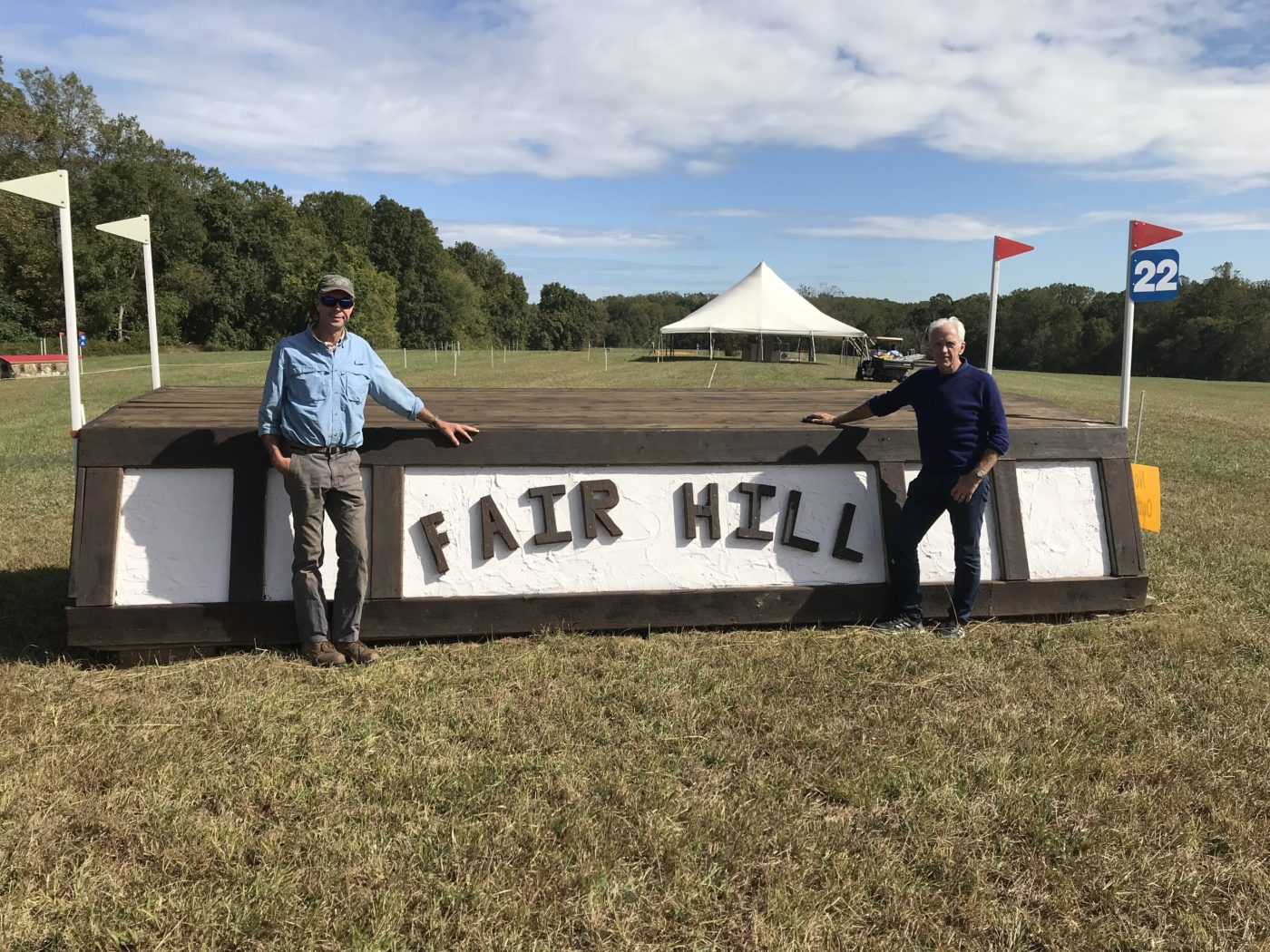
Three-time Badminton winner, four-time Olympic silver medalist, and renowned course designer Ian Stark is set to design his first ever five-star cross-country course. Stark has been designing cross-country courses since 2005 including a European Championships and four-stars at Bramham, Blair Castle, and Rebecca Farm, but this October’s Maryland Five-Star at Fair Hill will add a star to his repertoire. Stark is joined by builder Eric Bull, the master craftsman who has built courses at the top events across the country.
“I’m lucky,” Stark stated. “[The Maryland Five-Star] is on a greenfield site – it’s not been used, so you can kind of let your imagination run wild. It’s the first five-star here and I very much want to make it up to standard, but I don’t want to finish them all off and I want them to come back! It’s about getting the basics right the first year.”
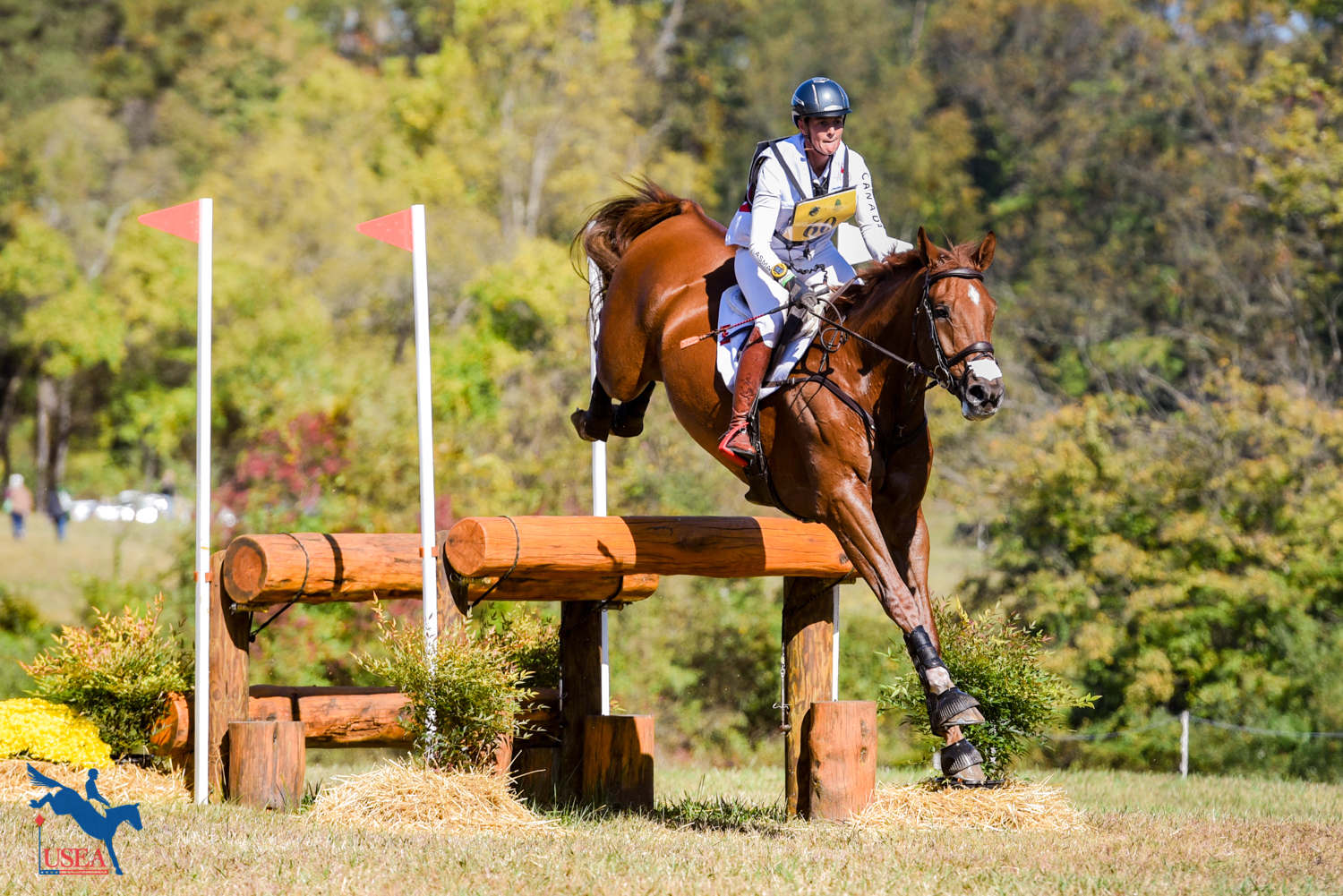
One of those basics that will be crucial to nail the first year is the footing, and Stark, along with Bull, has a solid plan in place to make sure the footing is the best it can be. “What Fair Hill has is great subsoil and great topsoil and that you can’t make and you can’t buy – you start with it,” Bull said. “We have that laid down because it was here before we got here. The other thing we’re starting with is pretty good old turf that’s been left a little bit feral, so you have all that fescue in there, you have all that root structure, but unfortunately other things come in through that original fescue. Our program is to get rid of what we don’t want and promote what we do want.”
“We’ve aggravated the whole track to get the winter frost in there and fluff everything up,” Bull continued. “We’ve put down a ton of mushroom compost, similar to the program we used at Plantation Field – we’re using the same farming techniques we used there. I think we have to get our foot a little bit firmer on the accelerator to get where we want to be in one year and not two or three. There’s a plan in progress and we’ll let the sun shine and grow the grass that we already have.”
“You’ve got to have the footing consistent all the way around,” insisted Stark. “There’s a lot of work that’s been done on that already and a lot more to do. We’re going to be working the footing right up until to the last minute so that’s it’s as good as we can get it. If the footing’s not good enough the riders aren’t going to come back. I think it’s important that we get it right the first time.”
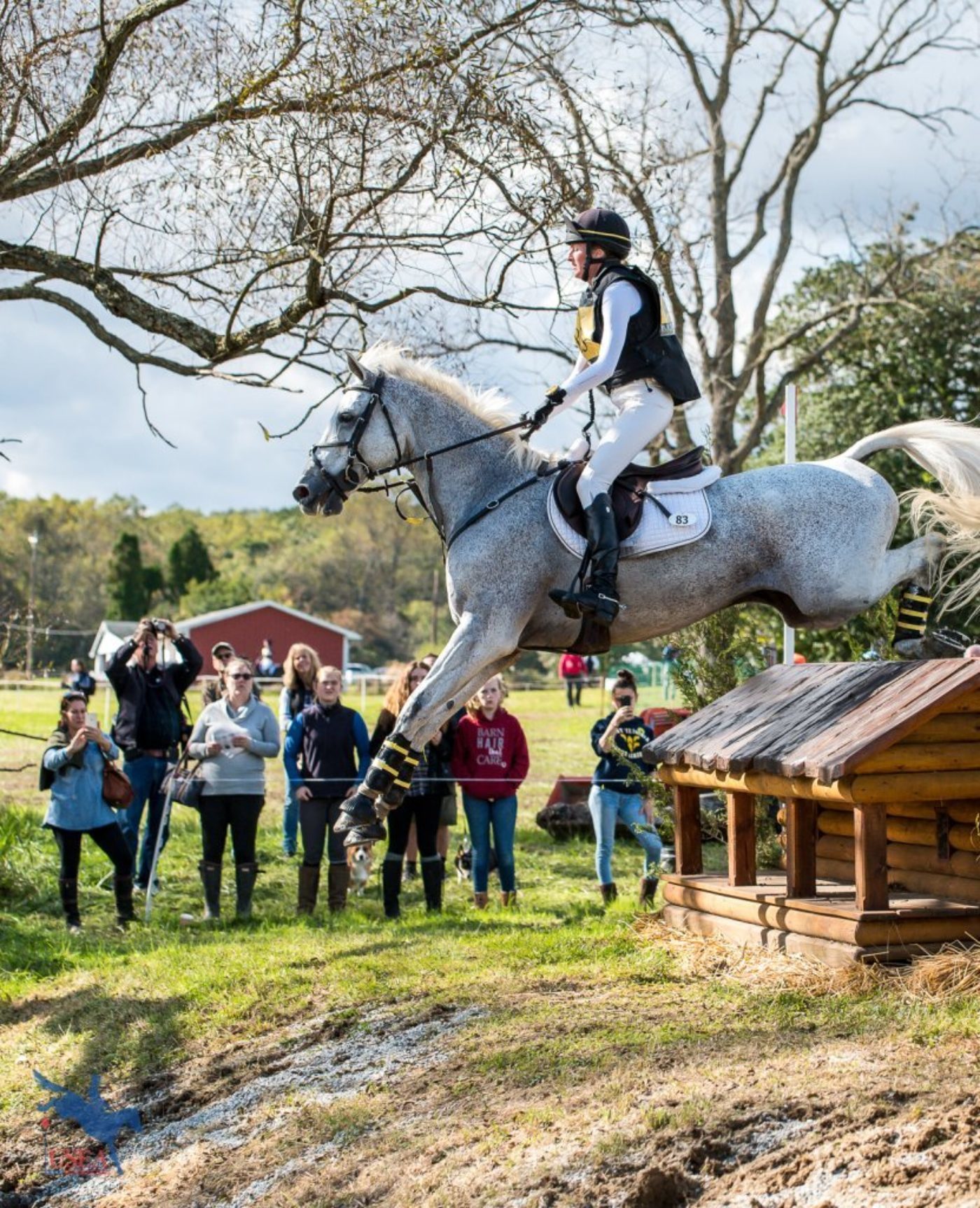
Of all the things about the site of the new five-star, Stark said he’s most excited about the terrain and the many options it gives him as a course designer. “The terrain is phenomenal – it’s got lots of variety. You could almost overuse the terrain, it’s that good . . . It’s easy to have vision because the terrain tells you.”
Stark describes the area where the course will run as split into three sections: the first field, which contains the racecourse and arenas, the middle field, and the Sawmill field. “The Sawmill field has three feature fences in it so there are lots of areas to put tents and spectators. The horses go out one side and back the other in the middle field, so there will be two or three good combinations that people can see there. Then in the first field there’s a water on the way out early on in the course and a water at the end of the course. There’s lots of areas we can draw spectators to.”
Stark shared that he loves for spectators to get out and actually walk his courses so they can take in the true feel of the track. “It’s going to be quite a long walk, but actually because of that horseshoe shape of the course you don’t really have to walk there and back – they could walk out to the Sawmill field and see all the horses going out and coming back. I love for people to walk it because they get a better feel than they do watching a monitor – they get up close and personal with the horses.”
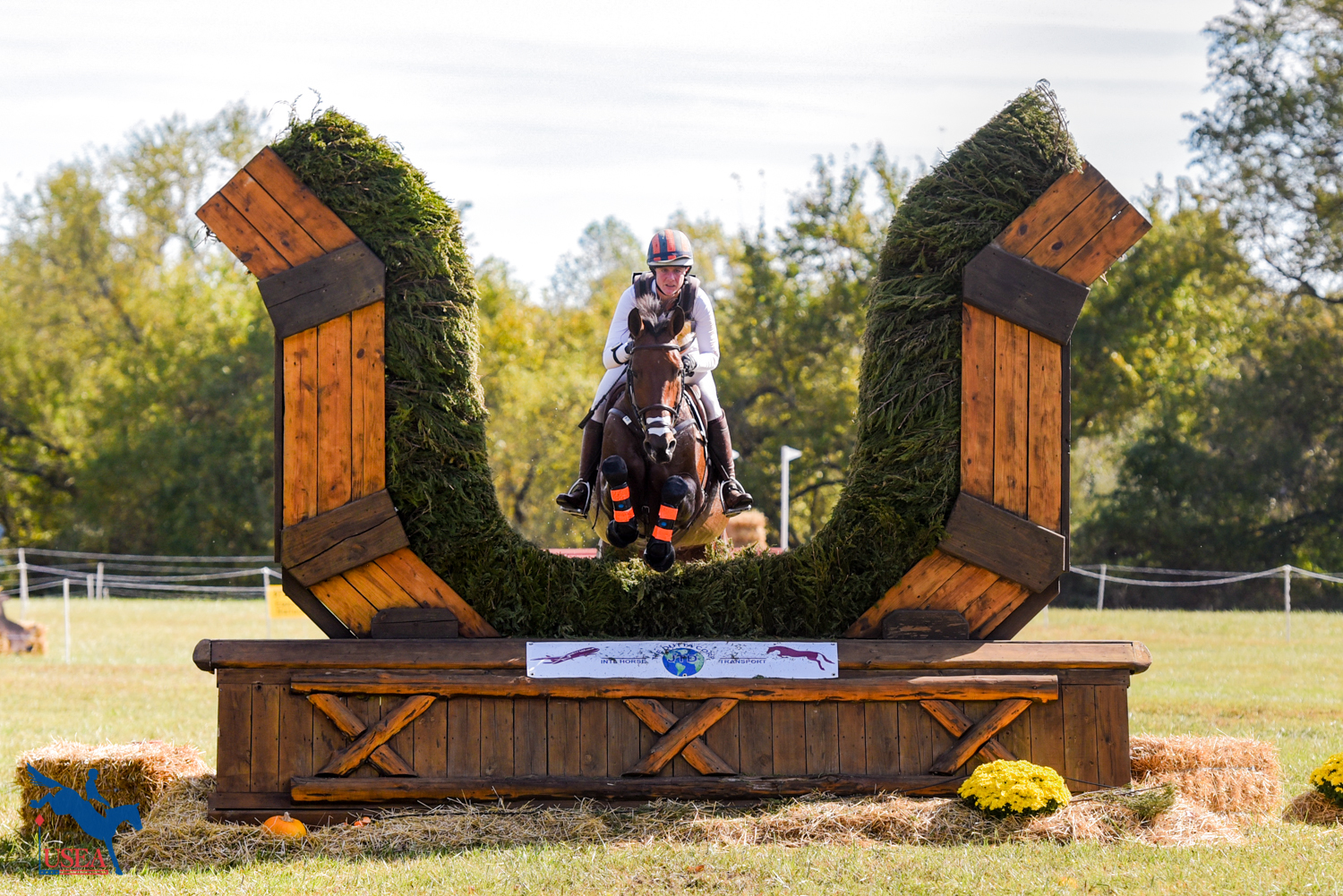
The sheer size of the property has allowed Stark to craft a long horseshoe-shaped track that starts and ends near the racetrack, looping along the length of the property. “I’m very anti what I call ‘giant arena events’ – tracks that go ‘round and ‘round and twist and turn and double back on themselves,” Stark said. “Here, you go from the racetrack and you’ve got a big horseshoe shape all the way around the Sawmill field where the main feature water is going to be and come back a similar route. It’s much more like riding from A to B, not doing show jumping in the fields.”
However, the new site hasn’t been without its challenges. “I’ve been to Fair Hill – the existing side – quite a few times, but I didn’t really know this side,” Stark said. “The first time I came here Chris [Deremeik from the Maryland Stadium Authority] walked around with me and showed me where we were going and there was quite a lot of narrow track that needed horses to go both ways, and pedestrians, and vehicles, and that wasn’t going to happen.”
“Having said that, I’ve been incredibly lucky because the state of Maryland has gone in and fixed the narrow places – they’re much wider and they’ve got new turf down. It’s going to be great. Those were the most difficult challenges, but they’ve been addressed.”
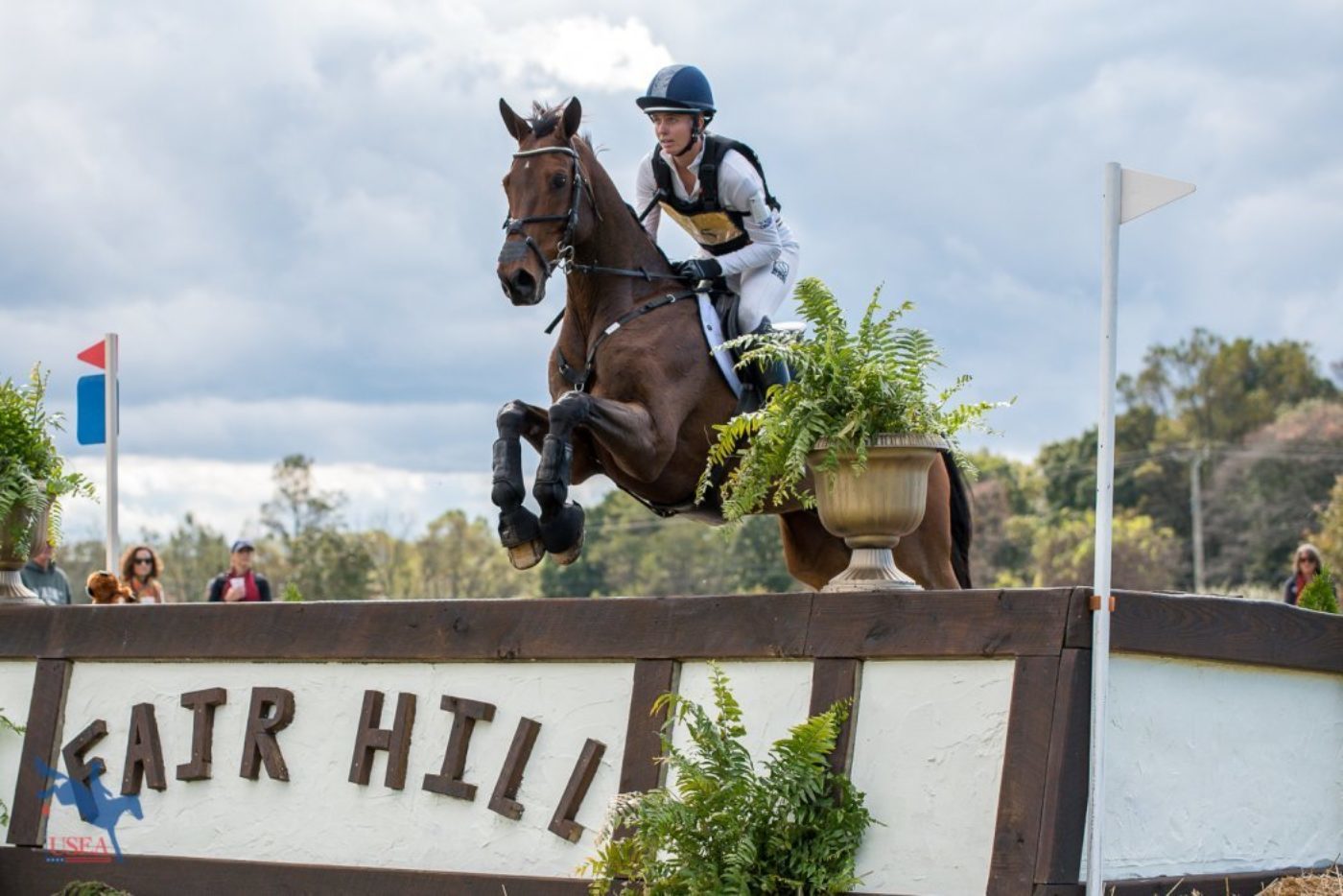
Stark is working closely with Bull on the all matters of the course, from the jump builds to the footing. “As we bounce ideas back and forth off each other, we come up with answers,” Stark said. “Eric is very knowledgeable – it’s not all me. A good course builder can make me look great and a bad course builder can make me look really crap. It helps to have someone as experienced as Eric.”
“You’re usually back engineering how designers are thinking through it,” Bull said. “I think a lot of building is taking the ideas that course designers are giving you and you have to internalize them, understand them, and then you’re able to produce the product you think they want. A lot of times along the way it’s a phone call saying, ‘Am I thinking about this the right way? Is this what you had in mind?’”
“Course building has to be different than building other permanent things – I think about it like a temporary art installation,” Bull continued. “It’s only going to be there for a day and it’s going to change right up until that first horse goes and as soon as that last horse goes all those parts are getting taken down. Don’t build one course for October, build the products to build 10 cross-country courses over the next 10 years.”
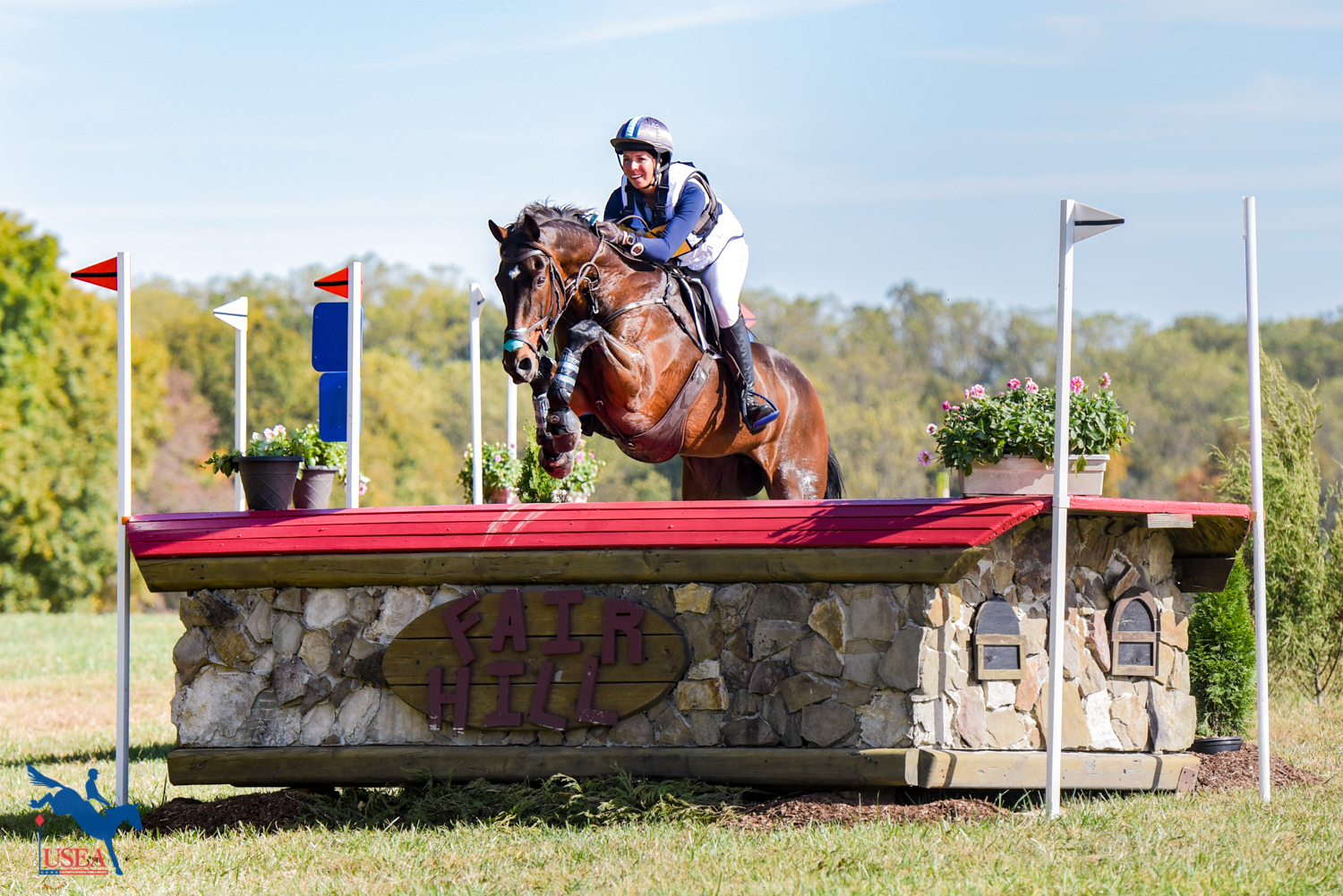
What about Stark’s course design philosophy? How does he approach thinking about designing a new course? “To put it bluntly – frighten the **** out of the riders and make it safe for the horses,” Stark said. “I go back to [Badminton course designer] Frank Weldon, who was my hero as a course designer. We used to walk his courses and think, ‘Yikes, this is almost unjumpable,’ and when I got to my first Badminton everyone just said, ‘Kick, and when in doubt, kick harder.’”
“Yes, the sport has changed, but I like to think I can have the rider frighteners along with the technical stuff,” he continued. “I spend a lot of nights lying in bed after I’ve done a course and if I’m waking up in the middle of the night and there’s a fence in my head I go and change it. I don’t care if the riders don’t understand – there’s usually an alternative if it’s a really difficult fence – as long as the horses do. I’d rather riders come and ask me about a fence than get it wrong. I’ve built the combination for a reason and I have in my head what I want to see the horses and riders do.”
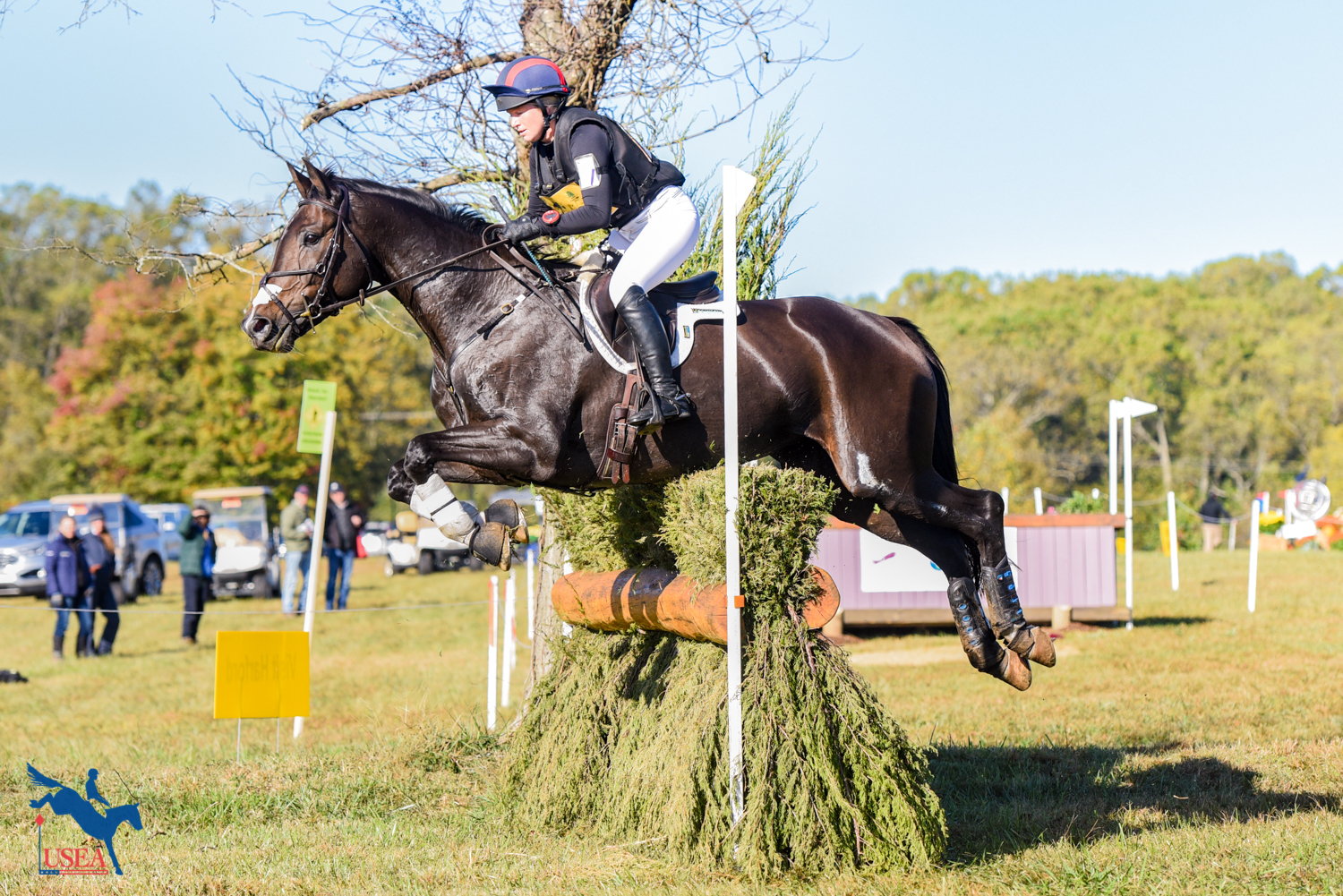
“When I walk around I think that this is the site for something, and this is the site for something else, and that’s a site for something else, and then I try to make them flow and join them all up – that’s my first thought, getting the course right for the first time. We haven’t even built half the fences and I’m already seeing what changes we can make [in the coming years].”
“There’s going to be plenty to jump out there and it might cause sleepless nights for one or two riders, which is no bad thing – I like that doing that to the riders as long as it doesn’t do that to the horses.”
The Maryland Five-Star at Fair Hill will take place October 15-18, 2020, and will host a CCI5*-L, a CCI3*-L and the Dutta Corp. USEA Young Event Horse East Coast Championships for 4- and 5-year-olds.
Thirty-five five-star horses presented today under sunny skies at the Defender Kentucky Three-Day Event.
If all goes according to plan in the first part of the extended weekend, we will see 36 horses galloping across Derek di Grazia's CCI5*-L cross-country course at the 2024 Defender Kentucky Three-Day Event (DK3DE). We partnered up with the team at CrossCountry App to bring you a preview of both the five-star and CCI4*-s tracks this year.
Lights, cameras, action! The first formal horse inspection (which some might informally refer to as "the jog") at the 2024 Defender Kentucky Three-Day Event (K3DE) takes place this afternoon at the Kentucky Horse Park in Lexington, Kentucky. While this part of the event is a fan-favorite historically based on the impeccable turnout of the horses and the stylish and forward fashion choices of the riders (we are looking at you Boyd Martin in hopes that you bring back the American flag suit circa 2022), it serves a very important purpose: ensuring that each horse is fit, sound, and ready to compete at the five-star level.
There are so many things to love about the Defender Kentucky Three-Day Event and the opportunity to peruse the booths of so many amazing vendors is definitely one of them! Don’t forget to stop by the USEA booth, located just behind the Rolex Stadium next to the large Defender Kentucky Three-Day Event booth, to stock up on all of your favorite USEA apparel.